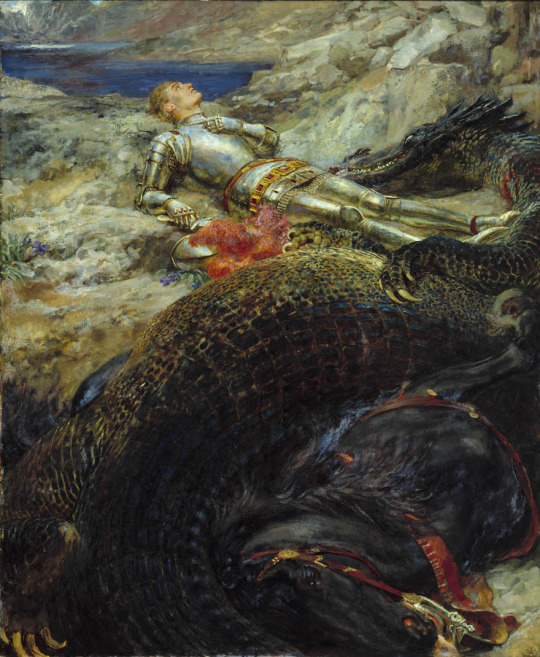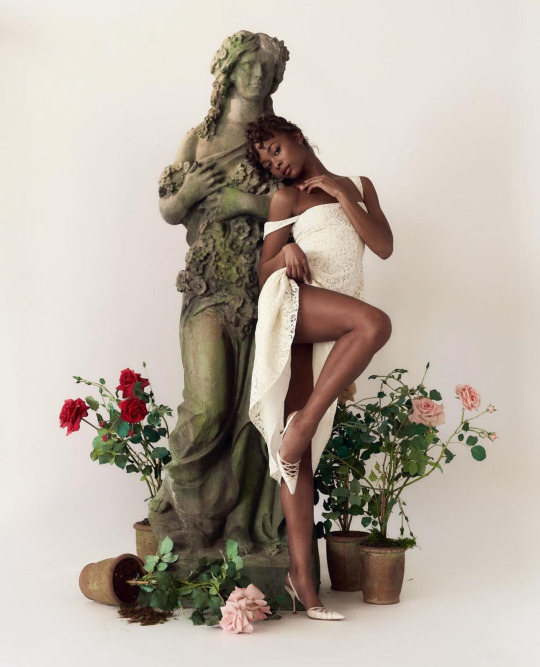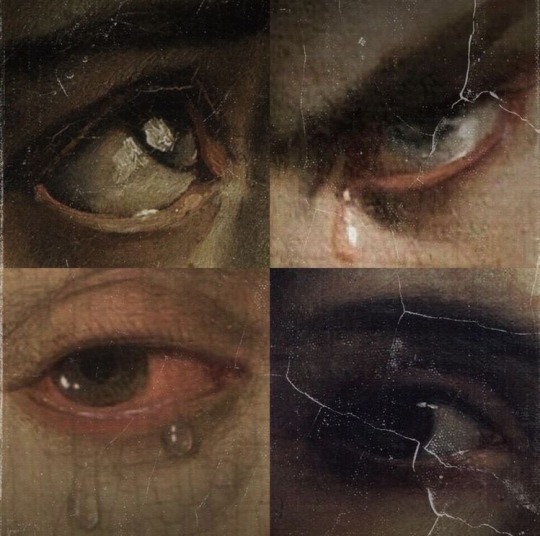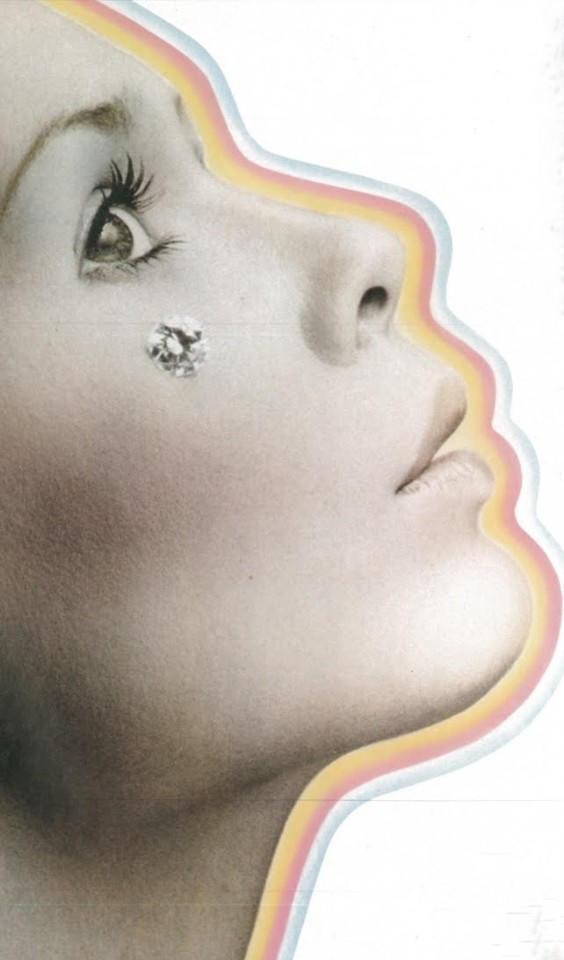Text










peneloise + gazing longingly at each other
BRIDGERTON, season 3 part 1
4K notes
·
View notes
Text


Song Jia for T Magazine China (2019) Photography: Leslie Zhan
2K notes
·
View notes
Photo
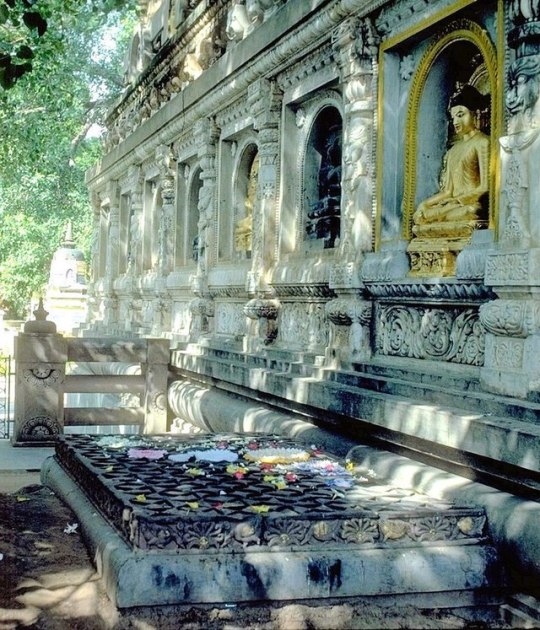



The Vajrasana (IAST: vajrāsana; diamond throne) is a throne in the Mahabodhi Temple at Bodh Gaya, India. It is thought to have been placed by Emperor Ashoka of the Maurya Empire between 250-233 BCE, at the location where the Buddha had reached enlightenment some 200 years earlier.
The vajrasana is the bodhimanda (bodhimaṇḍa; seat or platform of enlightenment) of Gautama Buddha. Being the site where Gautama Buddha achieved liberation, Tibetan texts also use the term vajrasana to refer to Bodh Gaya itself.
The empty throne, not just at Bodh Gaya, was a focus of devotion in early Buddhism, treated as a cetiya or symbolic relic. It was not intended to be occupied, but operated as a symbol of the missing Buddha. Ancient images show devotees kneeling in prayer before it, as they still do.
As it survives now, the Vajrasana is a thick slab of polished grey sandstone, 7 feet 10-inches long by 4 feet 7-inches broad, and 6-inches thick. The whole top surface was carved with geometrical patterns, circular in the middle, with a double border of squares.
The Vajrasana has a decorative band made on the sides of carvings of honeysuckles and geese, which can also be found on several of the pillar capitals of Ashoka, such as the Rampurva capitals, and also pigeons on the back relief, nowadays hidden from view. The geese (hamsa) in particular are a very recurrent symbol on the pillars of Ashoka, and may refer to the devotees flocking to the faith.
The long frieze at the front is slightly different, and consists in stylized lotuses with multiple calyx, alternating with flame palmettes of a slightly simpler design than on the side. A rather similar design can also be seen in the lost frieze of the Allahabad pillar of Ashoka. The flame palmette motif has origins in Classical and Hellenistic Greece.
302 notes
·
View notes
Text

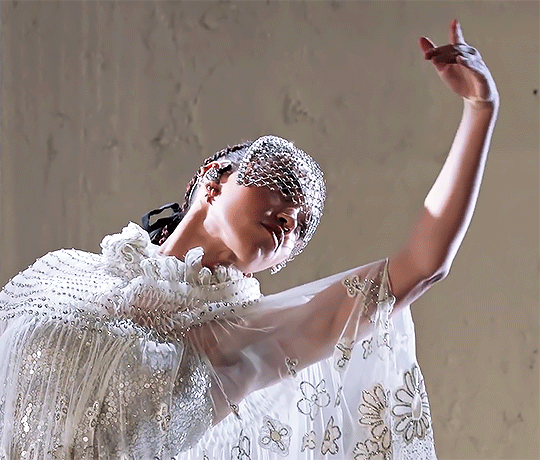
FKA Twigs wearing VALENTINO
– Live Performance at the Fall/Winter 2020 show
2K notes
·
View notes
Photo
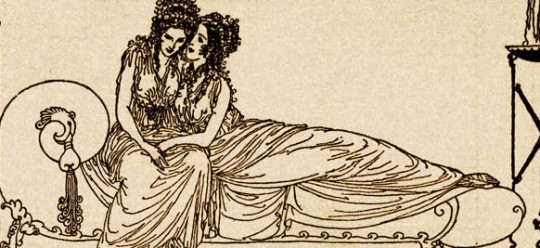
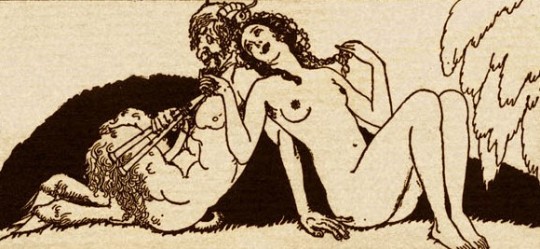

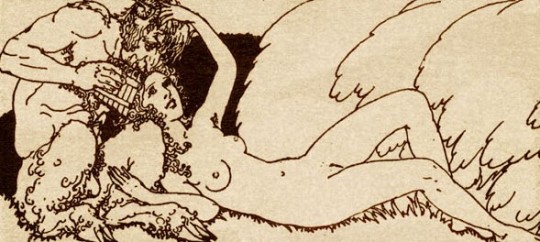
Illustrations from Pierre Louÿs’ The Songs of Bilitis by Willy Pogany (1926)
7K notes
·
View notes
Text

Abbie Trayler-Smith, Shannon, age 22, on holiday. Costa del Sol, Spain (2018)
2K notes
·
View notes
Photo

Indian school girls sit in a park on a foggy morning in New Delhi, India, Jan. 30, 2017.
Tsering Topgyal
25K notes
·
View notes
Photo
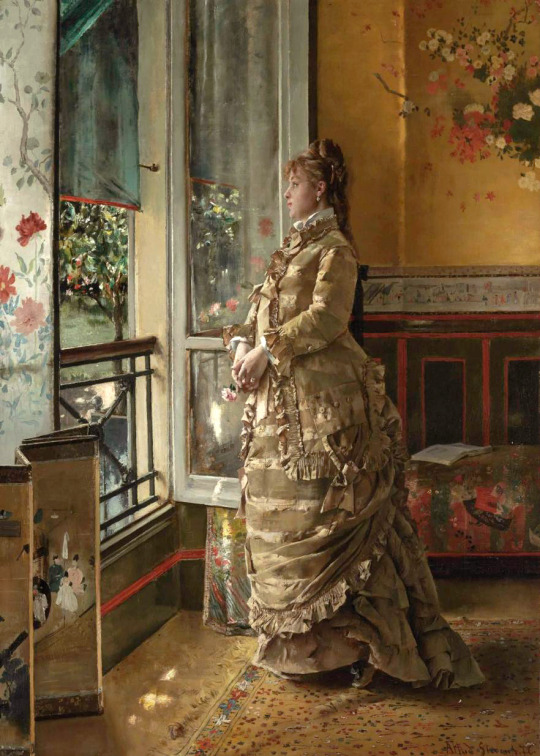
Melancholy, 1876 by Alfred Stevens (Belgian, 1823–1906)
459 notes
·
View notes






